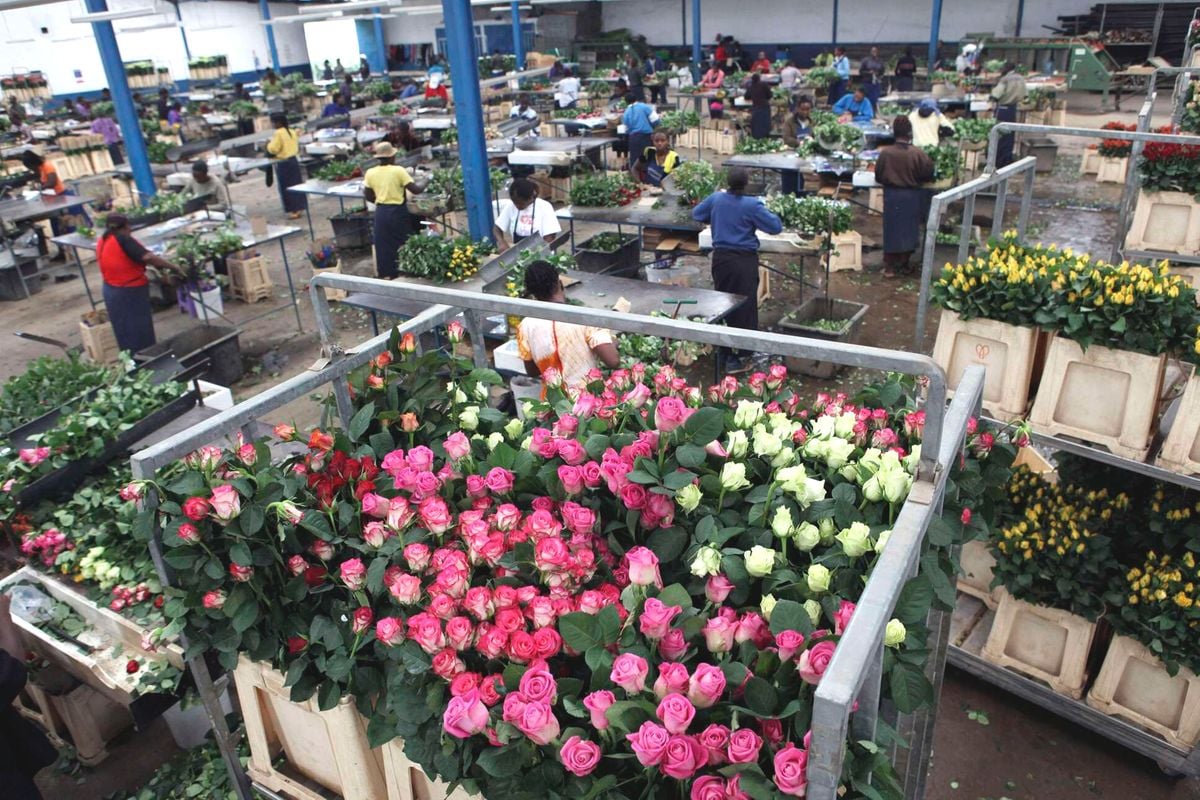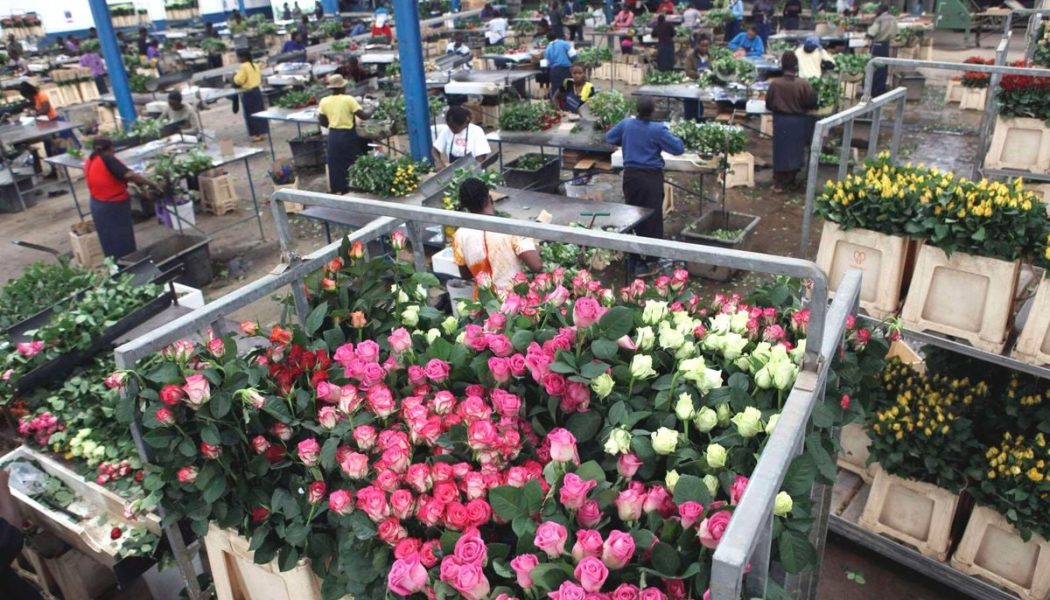
Kenya’s failure to diversify the goods it sells abroad has hit its performance in key lucrative export markets, leaving it trailing its regional peers Uganda and Tanzania, an analysis by the World Bank reveals.
In its latest Kenya Economic Update, the World Bank notes that Kenya has mainly relied on the shipment of a fixed basket of products — a position that has seen it lose market share in the key European Union (EU) bloc.
Moreover, the analysis pointed out, that Kenya continues to bring into the international market products that are produced by many other countries, which has denied it an opportunity to enjoy huge margins when pricing.
“Kenya’s exports have significantly underperformed, both in nominal and in real terms. The approximate cause for this is that the country has diversified little during the last few years,” said the World Bank.
The global lender cited the 2023 Harvard Atlas of Economic Complexity, a data visualisation tool, which showed that as of 2021 Kenya ranked 46 out of 133 countries in terms of the diversity of its export basket, moving down its place in the ranking by nine positions in the past 15 years.
In the review period, Kenya added 14 new products to its export basket, 41 less than neighbouring countries like Uganda, which added 20, Tanzania (22) and Ethiopia (25).
“Moreover, the country has lost competitiveness in markets that it already exported to. For example, Kenya has steadily lost market share in the EU—its main market for agricultural exports. Exports to the EU rely on the same products (flowers, coffee, tea, avocados, green beans) than two decades ago,” added the report.
“This marked decline contrasts sharply with other comparator countries like Peru and Morocco−which have considerably increased their export product ranges in the EU during the same period. Peru, for instance, tripled the number of exports to the EU above $10 million from 11 to 37, while Morocco almost doubled them from 25 to 48 during the same period.”
The country’s exports of goods and services as a share of the gross domestic product (GDP), or the size of the economy, fell from 21.5 percent in 2011 to a low of 9.6 percent in 2020, pointing to erosion in competitiveness.
One of the reasons for Kenya’s underperformance is its failure to diversify its export products, which are mostly agricultural products, including flowers, tea, coffee, beans, and avocado.
Except for a brief period when Kenya exported sizable quantities of titanium, Kenya’s exports have mostly been raw agricultural produce. Attempts to add value to these products, including fruits, coffee, and tea, have barely been successful.
Moreover, there has been little, if any, sophistication of Kenya’s exports in the last 10 years, with the country’s export basket primarily composed of low-complexity products.
Because Kenya’s export basket has not expanded its level of diversification and sophistication through the years, the country has fallen six positions during the period in the economic complexity index (ECI). Currently, Kenya ranks 80 out of 133 countries in complexity.
“Exports are not particularly unique, and thus the fact that Kenya’s export products are produced by many other countries reduces firms’ profit margins, making it harder for them to compete,” added the World Bank report.
Indeed, Kenya’s export sector exhibits an unstable pattern at the firm level, with a high rate of firms entering and exiting the export market annually. Post-2012, the landscape has seen a significant reduction in long-term exporters, coupled with a rise in single-year exporters, according to the World Bank.
“Nearly half of all exporters (44.7 percent) are now on an average year, not having exported in the previous year. These new exporters, although plentiful, have a minimal share in total exports, and their longevity is limited, with only 42 percent surviving beyond their first year,” added the World Bank.
The World Bank noted that while Kenya has made inroads in the East African bloc, it still struggles to compete outside those markets.
“More than three-quarters of manufacturing exports are destined to the East Africa Community (EAC) members or landlocked neighbouring countries for which Kenya serves as a transit point.”
And even then, the reason Kenya is doing well in the EAC is goods it exports to the EAC —mainly final products such as steel, pharmaceuticals, and processed food— attract the highest common external tariff (CET) rate of 25 percent when they come from outside of the EAC. Kenya exports its goods to neighbouring countries duty-free.
“However, as the African Continental Free Trade Area (AfCFTA) progressively reduces tariffs, Kenya will need to boost the sector’s trade integration and competitiveness to rely less on the CET.”
The underperformance in exports has also had an impact on Kenya’s fiscal health as external debt services costs have risen faster than export earnings. Ordinarily, exports should be the main source of foreign exchange (forex) earnings.
These forex earnings should then be used to repay external loans denominated in foreign currencies including dollars.









